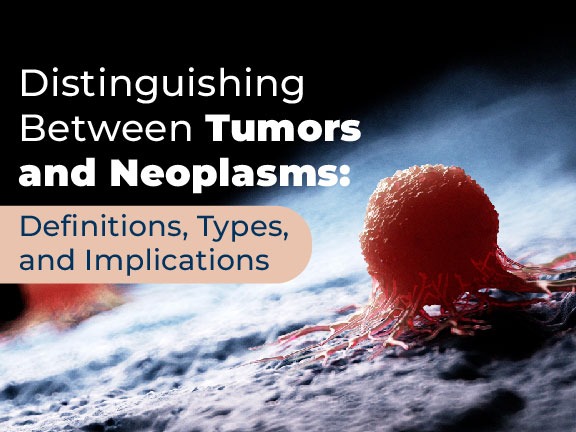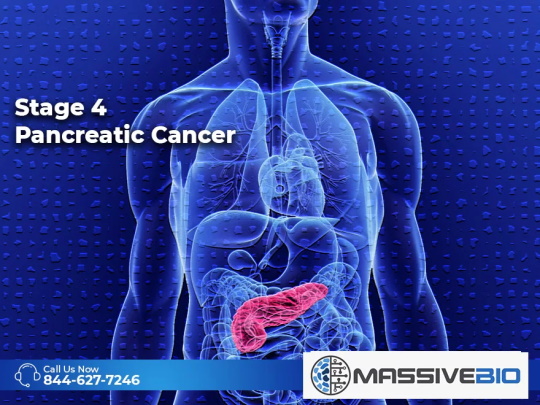Glioblastoma is considered one of the most aggressive and deadly forms of brain cancer, primarily affecting the cerebral hemisphere of the brain. It is known for its rapid growth and resistance to conventional cancer treatments. The symptoms of glioblastoma can vary but typically include headaches, seizures, cognitive impairments, and changes in personality or mood.
Glioblastoma patients typically undergo a multimodal treatment approach that includes surgery, radiation therapy, and chemotherapy. The primary goal of surgery is to remove as much of the tumor as possible to alleviate symptoms and improve survival rates. However, due to the tumor’s tendency to infiltrate surrounding brain tissue, it is often impossible to remove it entirely. Following surgery, patients usually receive radiation and chemotherapy to target residual tumor cells. Despite these efforts, the prognosis for glioblastoma remains poor, with median survival times ranging from 12 to 18 months after diagnosis.
Glioblastoma Symptoms
Glioblastoma is a formidable brain tumor with a range of symptoms that can significantly impact a patient’s quality of life. Common symptoms include persistent headaches, nausea, and sudden personality changes, which are typically caused by the pressure the tumor places on various parts of the brain. As glioblastomas are known for their aggressive nature, these symptoms can escalate rapidly.
One unique characteristic of some glioblastomas is known as a butterfly glioma, which is a tumor that spans both hemispheres of the brain, resembling the shape of a butterfly. The glioblastoma survival rate remains low despite advancements in medical treatments, partly because these tumors often resist traditional therapies and may involve critical brain regions that are risky to operate on.Research into recurrent glioblastoma shows that these tumors not only come back but are often more resistant to treatment than the original tumor. This recurrence can exacerbate symptoms and further complicate treatment options. Scientists are exploring the use of stem cells to target glioblastoma cells selectively, hoping to improve outcomes by attacking the cancer more precisely without damaging surrounding healthy brain tissue.
Glioblastomas Prognosis
The prognosis for patients diagnosed with glioblastoma multiforme (GBM), the most aggressive form of primary brain tumor, remains one of the most challenging in oncology. Despite advances in neurosurgery, radiation, and chemotherapy, the survival rate glioblastoma patients face is often disheartening. Typically, median survival ranges from 12 to 15 months after diagnosis, with only about 5% of patients surviving beyond five years.
One of the primary reasons for the grim prognosis associated with glioblastoma is the complex nature of its development and progression. The exact glioblastoma causes remain largely unknown, but genetic mutations, environmental factors, and certain hereditary conditions are thought to contribute to its formation. This cancer is highly resistant to conventional treatments partly because of its profound genetic variability and its ability to infiltrate deeply into surrounding brain tissues.
Treatment strategies for GBM include surgical resection to remove as much of the tumor as possible, followed by radiation and chemotherapy to target residual cancer cells. However, the efficacy of these treatments is limited by the tumor’s location and its invasive nature, complicating complete removal and often leading to recurrence.
Glioblastomas Treatment
The treatment of glioblastomas, particularly the aggressive form known as glioblastoma multiforme (GBM), is complex due to the challenging nature of the disease’s pathology. Glioblastoma is characterized by rapid growth and a high degree of malignancy, which often results in diffuse infiltration into surrounding brain tissues. A notable example of this is when the tumor spans the corpus callosum, leading to what is known as a butterfly glioblastoma. This particular morphology is especially difficult to treat because it affects both hemispheres of the brain.Current treatment protocols for glioblastoma typically involve a combination of surgery, radiation therapy, and chemotherapy. Surgery aims to remove as much of the tumor as possible; however, complete resection is rarely achievable when the tumor involves critical structures like the corpus callosum. Following surgery, patients usually undergo radiation therapy and chemotherapy to target remaining cancer cells. The effectiveness of these treatments can vary significantly depending on factors such as the glioblastoma prognosis by age of the patient, with younger patients generally having slightly better outcomes due to a greater ability to tolerate aggressive treatments.












